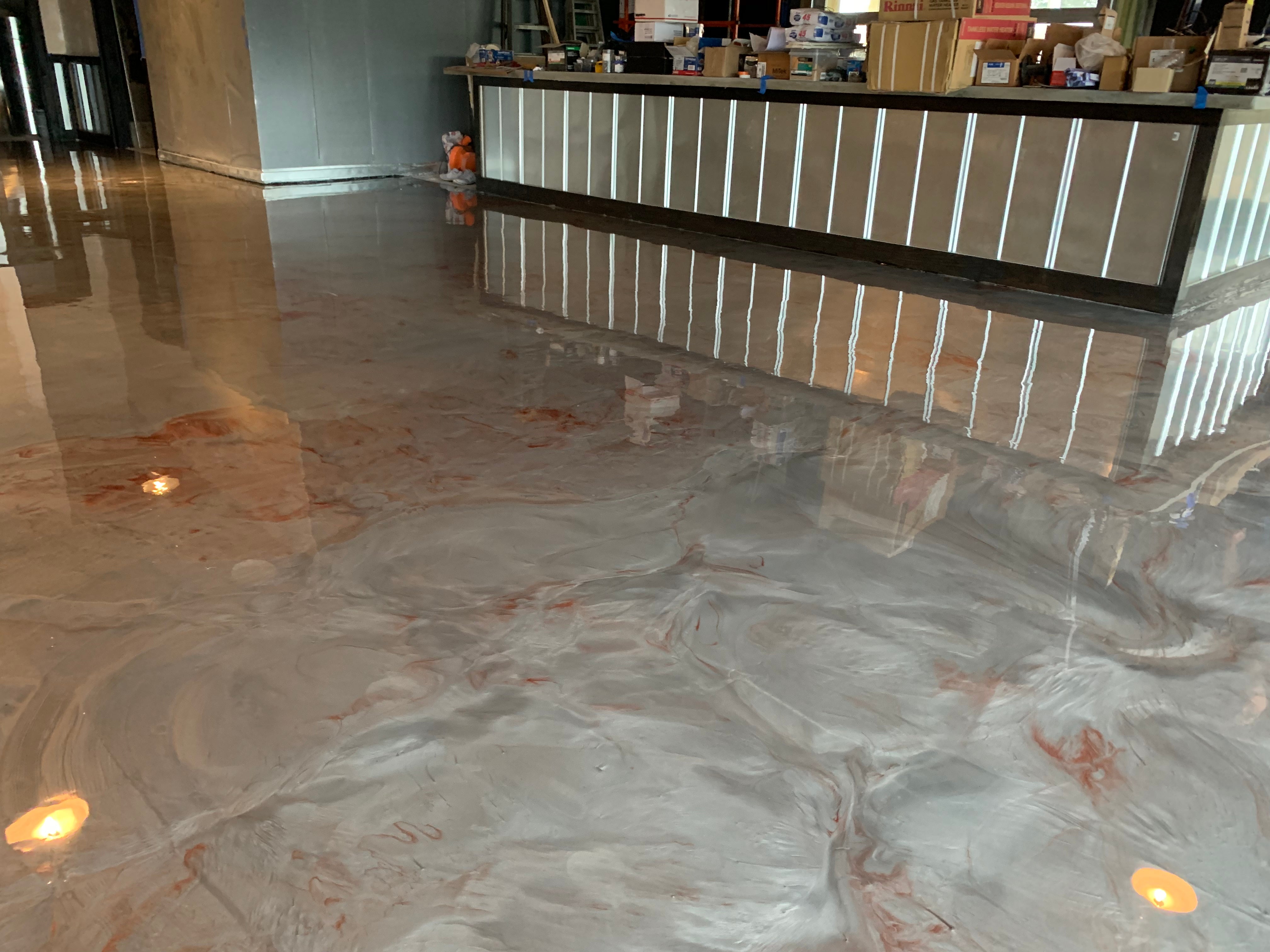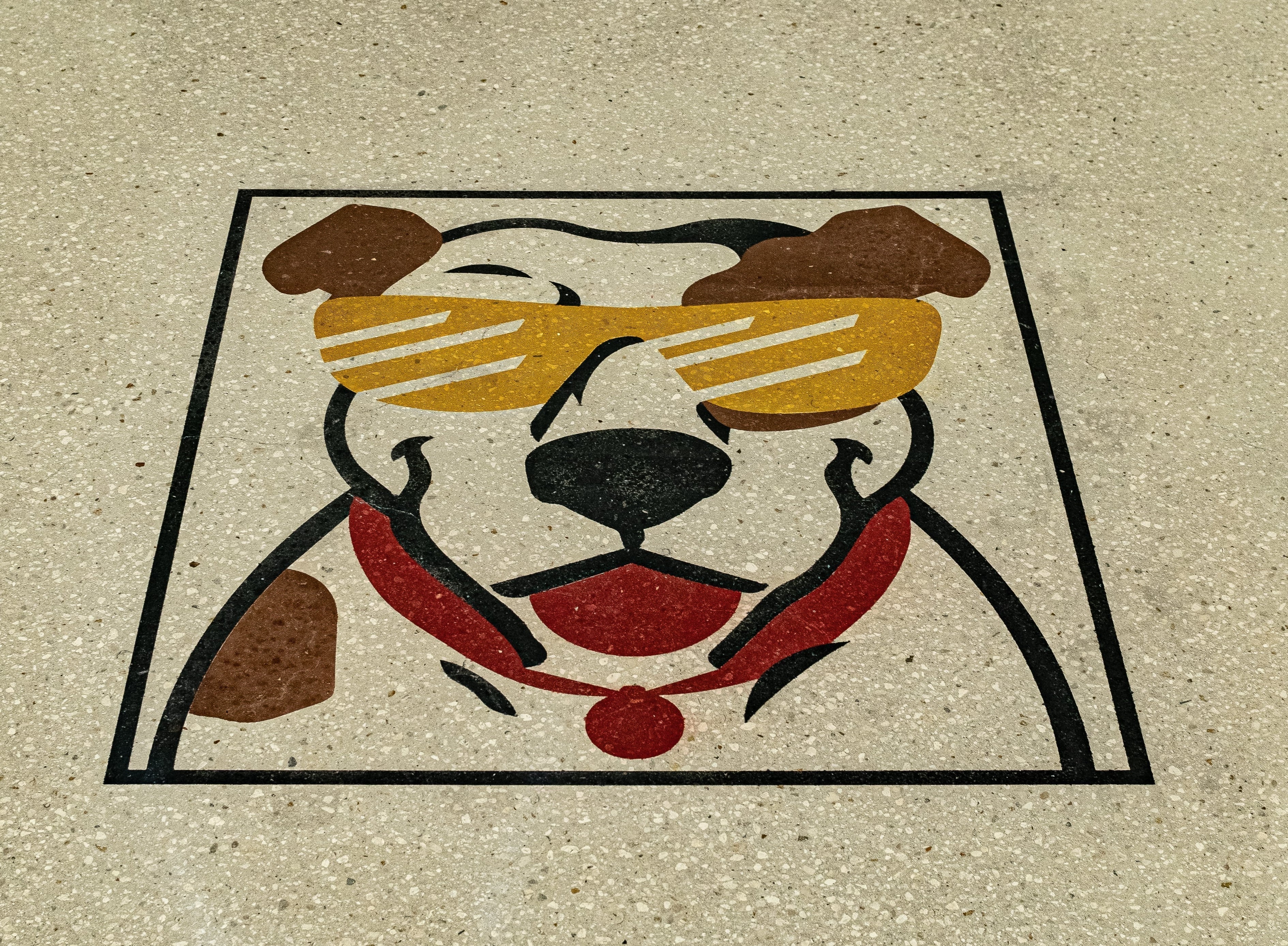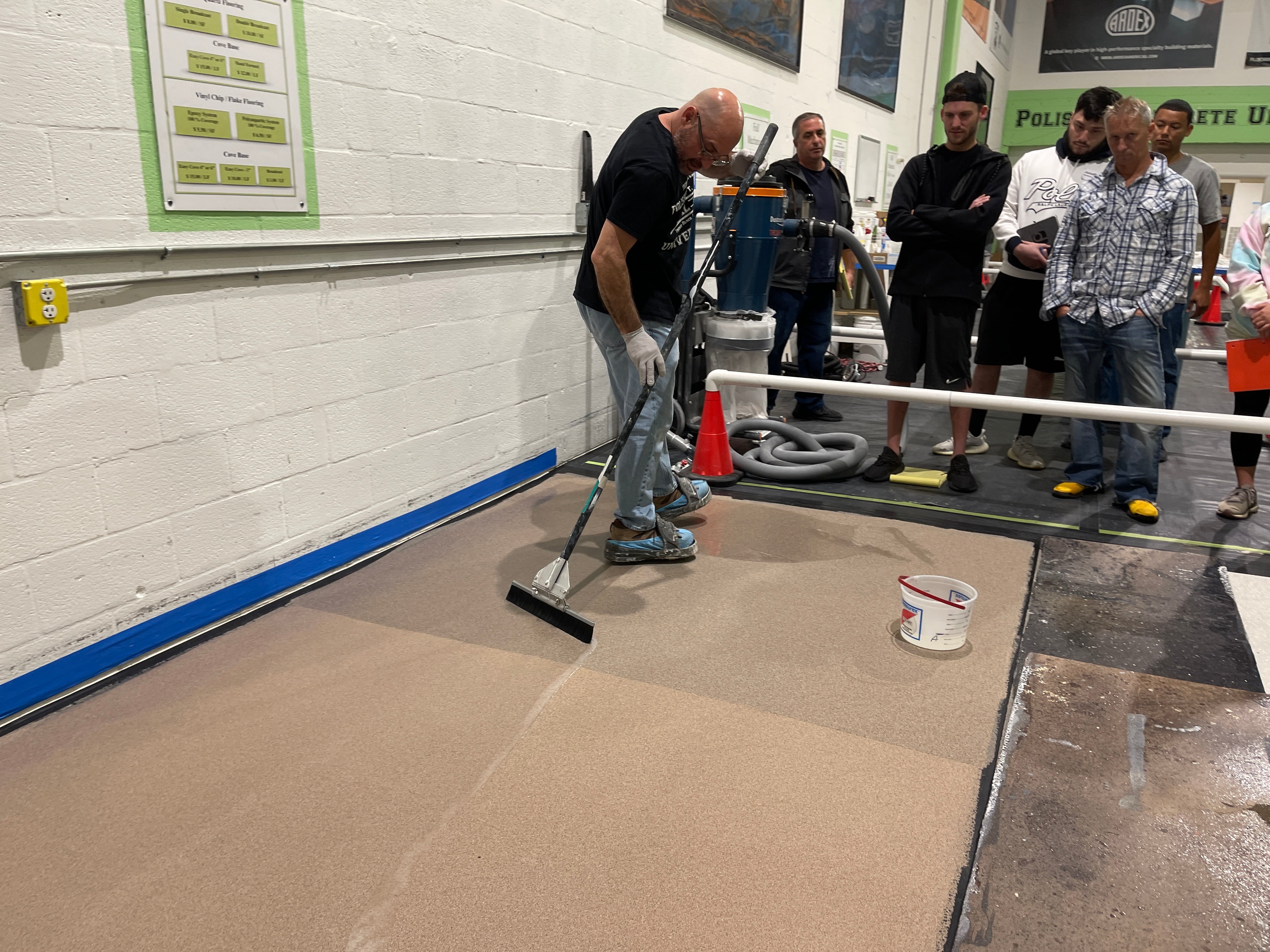
A Pro's Guide to Marble Metallic Epoxy Floors
Sleeker, safer, longer-lasting floors made easy
Flooring contractor or a DIY home renovator, it doesn't matter. It doesn't have to be hard to add a touch of luxury to your, or your client's, floors. With marble metallic epoxy floors, it doesn't have to be expensive, either! Metallic epoxy resin can not only mimic the look of high-end marble floors, but their durability and cost-effectiveness make them a real alternative.
Are you ready to take your flooring game to the next level? Let our team at EpoxyETC, your one-stop-shop for all things flooring, help you. As a professional or DIY flooring contractor, you know that epoxy resin floors are the gold standard for durability and beauty. And when it comes to stunning, high-end finishes, metallic epoxy resin floors are the way to go.
In this guide, we'll show you step-by-step how to achieve a luxurious marble metallic epoxy floor that will wow your clients. Let's get started!
Marble Metallic Epoxy Resin: An Introduction
Epoxy floors are the gold standard. Epoxy resin is a chemical compound that, when mixed, creates a durable and long-lasting flooring material that is highly resistant to wear and tear. It's become a popular choice for commercial, residential, and industrial spaces, a real revolutionary flooring solution. Not just because of its high strength, but its beauty, too!
Metallic epoxy resin floors, in particular, have a new-found popularity in the flooring industry. When metallic pigments are added to the epoxy resin mix, the design of the pigments can be manipulated to create stunning metallic effects. Either to create a wholly unique style and finish, or to create a near-perfect mimic of marble and other natural stone floors. Epoxy is perfect for contractors to achieve a luxurious and high-end finish for any client!
Materials Needed:
- Epoxy resin
- Metallic pigments
- A mixing container/tools
- Application tools
- Surface preparation equipment

Step-By-Step: Marble Metallic Epoxy Floors
Now, you're almost ready. You have your resin, you have your tools, but you still need the knowledge. Don't worry, with the veterans at EpoxyETC here to help you, marble metallic epoxy resin floors don't have to be hard. it's time to dive into the step-by-step how-to! Follow these instructions carefully, and you'll be able to create a stunning, one-of-a-kind metallic epoxy floor that will impress your clients, friends, and family.
Be sure to set aside enough time to install that beautiful floor without cutting corners, and take breaks as needed to guarantee the highest quality finish. Let's get started!
Step 1: Prepare the Surface
Before you apply the epoxy resin, the surface needs to be properly prepared. Surface preparation is a severely underrated step in the installation process; this alone will elevate your installation!
Use a floor grinder or buffer with a diamond abrasive pad to remove any dirt, debris, or old coating from the floor and level the concrete foundation if necessary. Use a specialized cleaning solution to improve results!
Once the floor is clean, apply painter's tape to any areas you don't want the epoxy to touch.
Step 2: Mix the Epoxy Resin
Mix the epoxy resin according to the manufacturer's instructions. Make sure to follow the correct ratio of resin to hardener. If you play fast and loose with your mixing, your installation could be doomed to fail before it really starts.
Once the resin and hardener are mixed, add your desired metallic pigments to create the floor's color and design. For the highest quality pigments, check out our amazing line of metallic epoxy resin pigments!
Step 3: Apply the Epoxy Resin
Use a floor squeegee or your desired epoxy resin application tool to spread the epoxy mixture evenly over the surface. Start from one end of the room and work towards the other. Apply a base primer layer first for strength and to even the final floor, then apply your main pigment layer after the first layer dries.
If you're on the hunt for hands-on experience with epoxy resin installation, sign up for the Epoxy Classes certification course!
Step 4: Manipulate the Metallic Pigments
While the epoxy resin is still wet, use a mixing stick, or any other tool you see fit, to manipulate the metallic pigments and create the desired marble effect. It's really between you and your clients what the final design looks like! Go for swirls, or veins, or streaks. Look up pictures of marble flooring and try your best to emulate those finishes.
After you've finished that, let it sit and dry for several hours. Then, apply your final topcoat layer.
Step 5: Let the Epoxy Cure
Leave the epoxy to cure. Each resin, from polyaspartic to traditional epoxy, will cure and dry differently, so follow the manufacturer's instructions. It can take anywhere from a few hours to a few days. It really depends on the temperature and humidity of the room, as well as the resin itself.
Step 6: Finish the Floor
Once the epoxy has cured, remove the painter's tape and use a floor grinder or buffer with a diamond abrasive pad to smooth out any rough patches or uneven areas. If you'd like, apply a clear topcoat to protect the floor and enhance its shine even further.
And with that, you're all done! Try to have your client reduce foot traffic on the floor while it fully cures and dries. Besides that, you and your client are ready to fully enjoy a fresh, strong, beautiful floor!
Conclusion
It's not hard to create a stunning marble metallic epoxy floor. Whether you're DIY, or a professional contractor, this guide will make it easy for you. With the right materials and techniques, you can achieve a high-end look without breaking the bank. Consider adding this service to your repertoire to attract luxury clients and stand out from the competition today!
If you need any flooring resources, such as epoxy resin packages, floor grinders, or epoxy resin application tools, be sure to check out EpoxyETC for all your needs. Our trained specialists are always on-call at (954) 287-3797!




